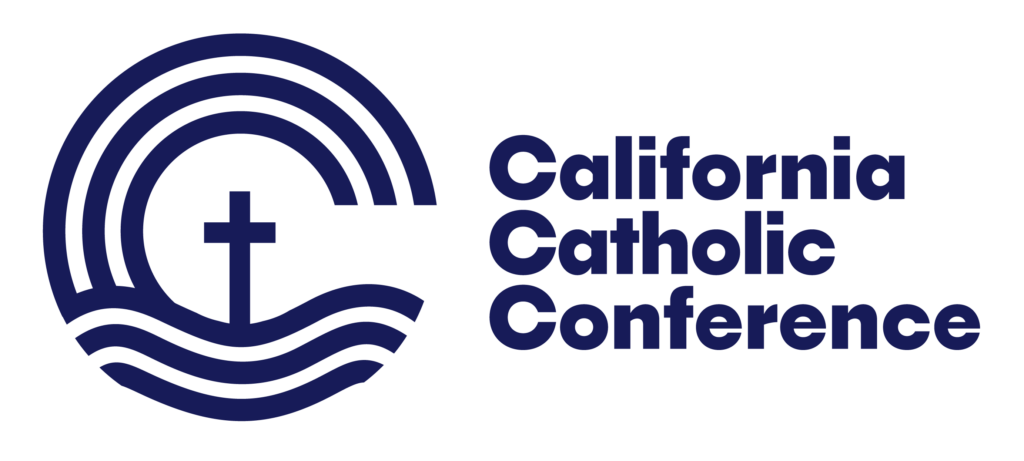From their very beginning, Catholic schools have focused on teaching poor and ethnic minority groups. Because of this, Catholic schools hold a rich tradition of educating students from all social and economic backgrounds.
The oldest Catholic school in the United States is Ursuline Academy in New Orleans, Louisiana, which was founded in 1727. The school offered the first classes for female African-American slaves, free women of color and Native Americans. St. Ursuline Academy continues to operate today, maintaining its dedication to the moral, spiritual and intellectual growth of all its students.
Often credited for forming the cradle of Catholic education in the United States, some refer to Elizabeth Ann Seton as a patron of Catholic schools. More than 200 years ago, Mother Seton and her Sisters of Charity founded St. Joseph’s Academy and Free School in Maryland.
Because of her commitment to values-based education, Mother Seton originally educated only the needy girls of the area. But, the school eventually accepted girls from wealthy families who paid tuition, thus enabling the Sisters of Charity to continue their charitable mission. Mother Seton felt it was important to welcome all students, regardless of their ability to pay. This distinctive characteristic of the Seton Legacy continues in Catholic schools today. On September 14, 1975, during the International Year of the Woman, Pope Paul VI canonized Saint Elizabeth Ann Seton.
Like Saint Elizabeth Ann Seton, Cardinal John Henry Newman has also made a lasting impact on Catholic education, both in the United States and abroad. This nineteenth-century scholar and theologian felt strongly about the connections between mental and spiritual intelligence and spent much of his later years as an advocate for the Catholic student.
Because he felt it was important to unite Catholicism and higher education, Cardinal Newman helped create the Catholic University of Ireland in 1854. Cardinal Newman’s impact on higher education also continues through the many student groups that bear his name. Known as Newman Centers or Newman Clubs, these organizations are found at countless non-Catholic colleges and universities and are committed to the continued promotion of campus ministry.
In the 2014-2015 academic year, more than 212,000 students attended 665 elementary and secondary Catholic schools across California, proving they remain a strong educational choice due to the well-rounded curriculum they provide their students. (See chart.)
The mission statement of the Archdiocese of San Francisco’s Department of Catholic Schools reads, “We strive to provide quality leadership, to develop programs of educational excellence, and to prepare students for a truly Christian life.”
Similarly, the focus of the Diocese of Sacramento’s Catholic Schools Department is to “ensure lifelong learning and the development of responsible and compassionate citizens.”
The Archdiocese of Los Angeles’ Department of Catholic Schools credits Catholic high school graduates as being two-times more likely to attain bachelor’s degrees compared to students who attend public schools.
Nationwide, parents from all ethnic and economic backgrounds are continuing to enroll their children in Catholic schools. According to the National Catholic Educational Association, racial minorities account for about twenty-percent and non-Catholic enrollment accounts for about seventeen-percent of Catholic school enrollment nationwide for the 2014-2015 academic year.
